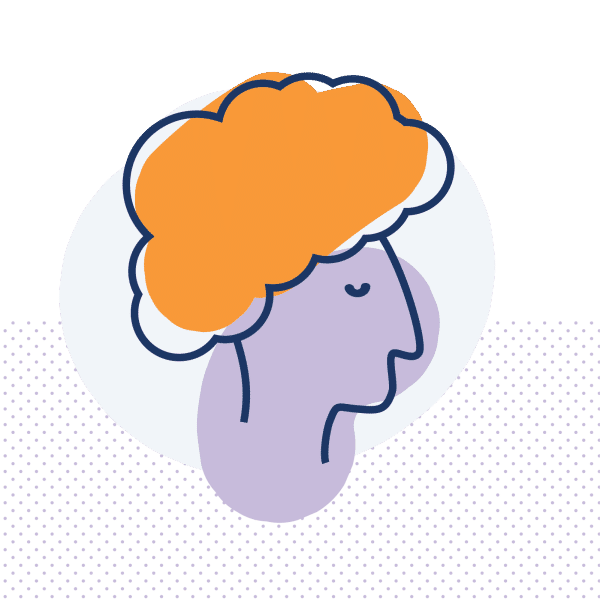Introduction
Mandira Kumar is building synergies among innovative Indian educators and networking them for effective sharing of the techniques and resources they have created.
The New Idea
Mandira facilitates the exchange and sharing of educational strategies developed among educators who, whether they are in government, civil society organizations, or academia, are pursuing new methods of teaching and learning. Her work addressed a simple but major problem in so broad a field as education: there are many decentralized actors tackling a variety of topics and they are unaware of each other's work. Mandira's organization, Sutradhar, collects toys, visual aids, books, audio tapes, and video cassettes from various groups working at the pre-primary and primary levels. It then markets and sells these products to citizen organizations, government agencies, educators of mentally handicapped children, schools, teacher training institutes, parents, and the general public. As she collects, Mandira is also surveying the field and identifying where new work and new resources are needed. Not only does she seek out the materials to fill these gaps, but where none exist she has Sutradhar create them.
The Problem
Since the late 1970s and early 1980s, a number of organizations in India have been working to provide meaningful and innovative education to the less privileged. A part of their effort focused on the creation of new and effective learning resources as a response to their unavailability in the country. This resulted in a small explosion of such resources, but was unfortunately confined to certain groups. The problem was that these new resources were designed and produced to meet the specific objectives of distinct projects and were not geared for general outreach. It was no surprise then that the availability and costs of such high quality learning resources were unknown to many other groups working in education.The public profile and visibility of such educational organizations and their contribution to pedagogy was low, greatly constraining them in the dissemination of their methodologies. Even after almost two decades, innovative practices in education remain poorly documented and the documentation that did exist rarely reached those who needed it due to weak coordination efforts.Another problem was that commercially available learning aids were often inspired from abroad and those appropriate to the Indian context were scarce. The design considerations for the learning resources are inadequate. Their aesthetic, mechanical, and material qualities are inconsistent and even erratic.The marketing of such resources is an art. Many groups that created them did not have marketing experience and this is a major constraint in their spread. The information available to the general public in the print media on innovative education methods, practitioners, and resources is quite limited and almost always is in English (and not local languages), further compounding the problems.Educators of mentally handicapped children also face the problem of limited availability of learning aids despite the fact that the children they are working with would benefit most from them. Their commercial non-viability precludes the design and production of such resources.
The Strategy
In 1995, Mandira started Sutradhar in Bangalore and soon established it as a unique resource center for innovative and alternative education. Sutradhar today has around twelve hundred excellent resources culled from over one hundred thirty sources across the country. These resources are stored and sold to NGOs, government agencies, educators of mentally handicapped children, schools, teacher training institutes, parents, and the general public. In this process, Sutradhar mapped them and identified gaps. Whenever there was a gap, Sutradhar proactively searched and then created the required resources to fill it. Another area of concern for Mandira is the lack of information on innovative/alternative education in local languages. Sutradhar Feature Services (SFS) is another unique node of Mandira's organization that collates and edits information on innovative educational practices and stories from different parts of the country and prepares articles for publication in local languages. So far SFS has published over twenty-one such articles in leading Kannada/English magazines and newspapers. This has helped to build awareness of innovative education throughout the general public. Sutradhar conducted a national seminar in 1999 to highlight the importance of culture in children's play material. Subsequently, a number of books on scientific toys were translated from English and made available in Gujarati.Sutradhar has evolved strategies to market learning resources and has been sharing this with interested organizations. Since 'selling' was never a priority for the organizations that created educational resources they often did not succeed. When this happened, they generally assumed that the people and institutions were disinterested. This was not true. The materials were too context specific, and insufficiently advertised and the marketing was done unprofessionally. Mandira's success has demonstrated the need to demonstrate and make them user-friendly.
The Person
Mandira grew up and went to school in Goa. She remembers learning about biology through experience in the rich natural environment of Goa's beaches. She maintained her interest in biology, but concluded that she wanted to communicate science to others rather than become a researcher.Mandira spent some years in science writing and education in 1980s. This experience helped her understand the nuances and appreciate the concept of popularizing science. It was at this time that Mandira decided to devote her life to education. She went to Harvard University and completed a master's degree in educational media. After her return, Mandira designed different learning resources for children, including audio visual aids, posters, and books. "It was an excellent experience," she recalls. "However, in the process, I realized that the dissemination of such resources is constrained since no such network existed".Later, at Child Relief and You, as the All- India Education Coordinator, she literally traveled the length and breadth of the country and collated information on the availability of educational resources from over one hundred organizations. Wherever she went, she found old and new wheels alike being reinvented. The problem and solution became obvious to her.
